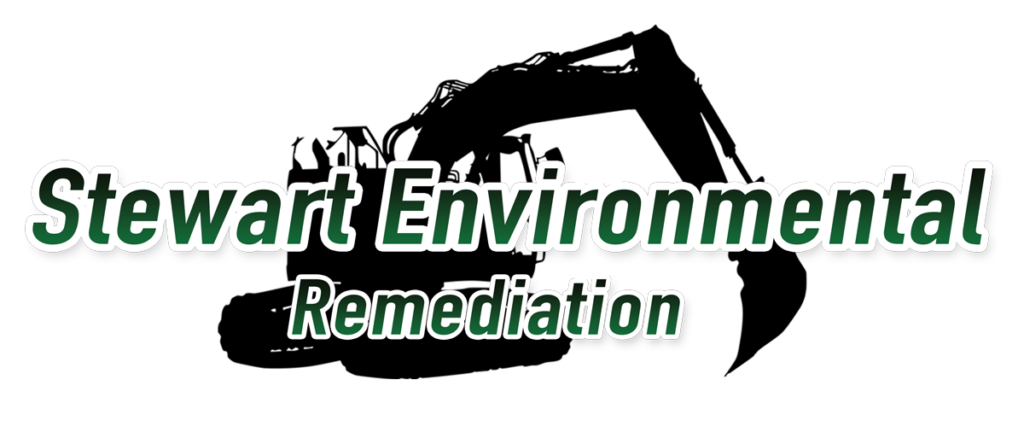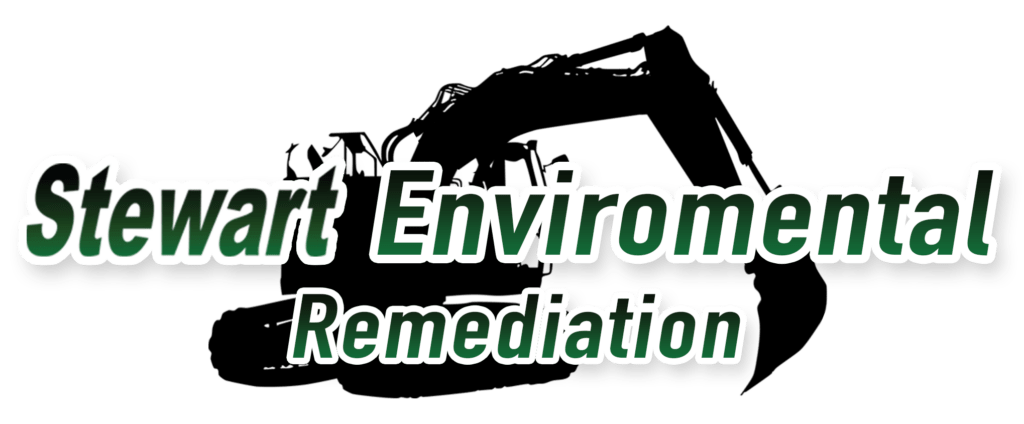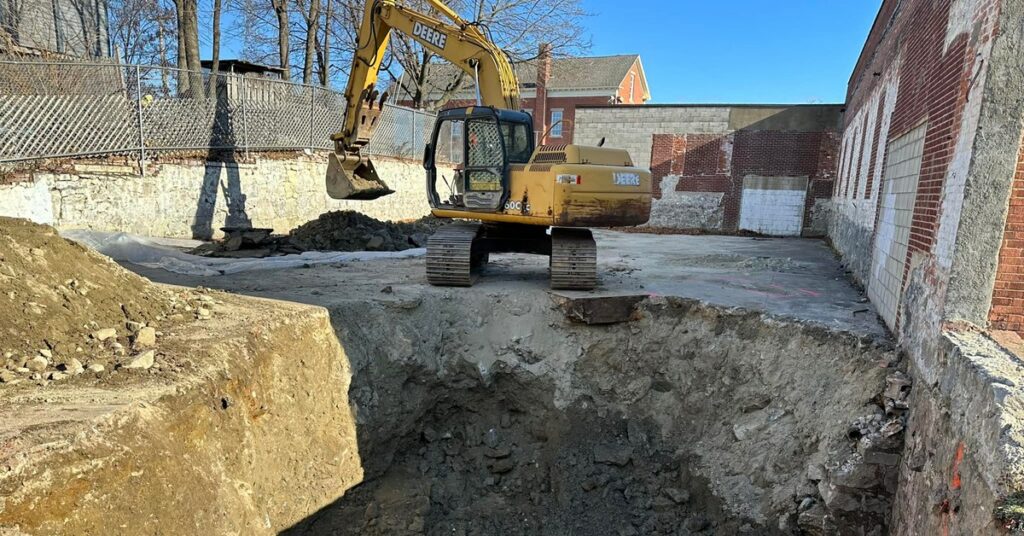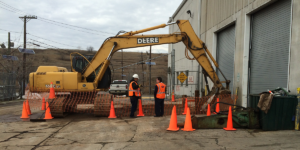Round 3 out of every 5 underground storage tanks (USTs) have had at least one leak. The combined cost to clean up all 528,000 of these leaks is estimated to be over $1 billion yearly in state and federal funding.
Fuel tank and environmental remediation can have a massive impact on your business. It’s only natural that you might be concerned about the health risks, expenses, and implications caused by underground fuel tank spills.
This article covers everything you need to know about demolition and environmental remediation. There is a range of services for any size of underground storage tank so that you don’t have to worry about potential soil or groundwater contamination from fuel leakage.
Read on to learn about the demolition tasks involved with your underground storage tank and the best advice on keeping your ground safe!
Stages of Fuel Tank and Environmental Remediation
Here we look at the general process of underground storage tank removal. This involves following the correct environmental regulations. You’ll also need to think about licensing requirements associated with environmental hazards.
Proper UST removal is vital as an unused tank may leak the remaining fluids, causing potential contamination. State and federal regulations are in place to ensure these tanks are removed safely and correctly.
Notify State and Local Governments
Before removing a UST, the plan must be notified to state and local governments at least 30 days in advance. Additionally, local permitting may also be required. Fuel tank and environmental remediation services in NJ, PA, and CT can help ensure all necessary steps are taken before any action is taken.
Find a Licensed Contractor
A licensed contractor is necessary to perform fuel tank and environmental remediation services. This ensures that all required permits are obtained, regulations are met, and safety guidelines are followed. State-specific qualifications may be required for the contractor.
Finding a contractor with experience in this field who knows best practices is crucial. Use a contractor with experience in dealing with fuel tanks and environmental remediation. With the right contractor, you can understand that all requirements are met for a successful project.
Remove All Product From the Tanks
Fuel tank and environmental remediation services can help remove any residual materials from tanks. These are things that may be considered flammable or hazardous. They will also ensure proper disposal of these materials according to legal requirements.
Inert the Tank
You’ll need to inert the tank. For example, you are filling a steel vessel with nitrogen or carbon dioxide gas. This will help prevent an explosive situation by displacing the oxygen in the tank.
Begin Tank Excavation
The soil around the tank needs to be excavated to reach the top of the tank and any associated product lines or dispensers.
Tank Is Cleaned and Removed
Requirements must be met for each tank cleaning and waste management step. These requirements include planning for the containment of any potential small spills. These could arise from disconnecting pipes. This includes inerting the tank and cleaning the tank (if done onsite).
You’ll also need to manage tank liquid and sludge. You might also have to excavate, identify and adequately store uncontaminated contents.
Prepare Tank for Disposal
Closing a UST system may include identifying and addressing safety hazards. This includes controlling vapors and disposing of residual material products or accumulated sludge from the tank.
You’ll also need to clean the tank. Depending on local regulations, cutting up the tank onsite or transporting it in one piece may be necessary.
Management of Contaminated Soils
When removing a UST system, you may come across contaminated soil. Ensure that this soil is handled and disposed of correctly. This needs to be under applicable state and federal regulations; proper protocols must be followed.
It is vital to adhere to all relevant guidelines to remove any contaminants found when dismantling the system safely.
Follow Sampling Protocol
State regulations must be followed after the removal of a tank. This involves gathering soil samples must be from the area under the tank(s). Every state has specific guidelines on how many and where samples should be taken and necessary analysis.
Additionally, water samples must be taken if water is present in the excavation. To ensure compliance with the state requirements, it is essential to consult relevant regulations and guidelines to ensure there is no environmental oversight.
UST Closure Report
An executive summary of a closure report provides an overview of the site investigation that was conducted and any remediation activities that were performed. It summarizes the analytical results from soil and groundwater samples taken during the investigation, showing whether they meet or are lower than action levels set by the state regulatory agency.
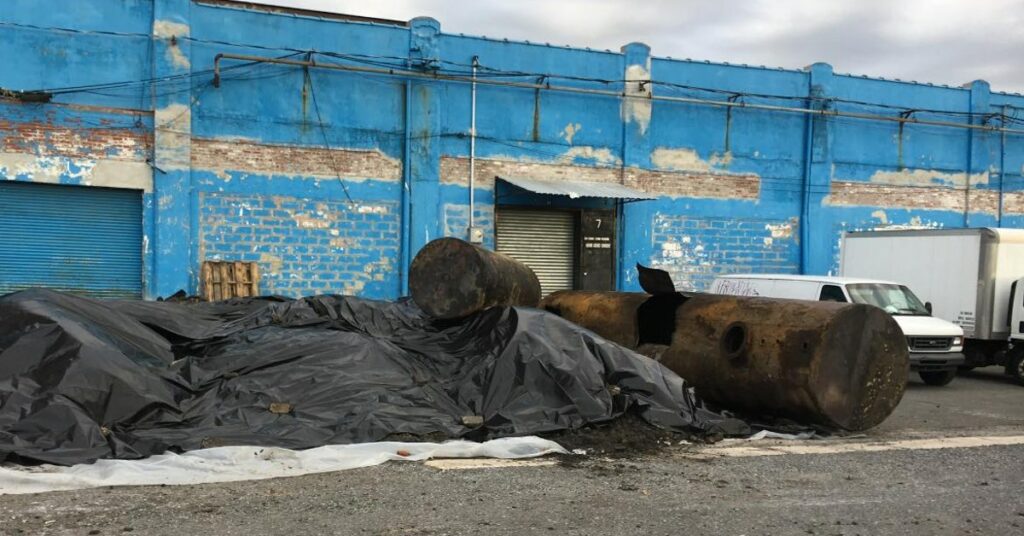
Types of Tanks that Don’t Need to Meet UST Regulations
Some tanks don’t need to meet federal UST regulations. If you’re unsure if your storage tank falls into any of these categories, speak to an experienced contractor for a detailed report.
- Fuel tanks of 1,100 gallons or less capacity used for noncommercial purposes in both farm and residential settings may be kept on the property
- Tanks used to store heating oil which is used only on the property it is stored.
- Tanks located in basements or tunnels under the property
- Stormwater tanks, wastewater, and septic tank systems
- Tanks used in flow-through processes
- A tank that has less than 110 gallons of capacity
- An emergency overfill and spill tank
Need More Information on Removing Your UST System?
As you’ve just learned, properly removing a UST system requires extensive knowledge and adherence to safety regulations. It is crucial to hire an experienced contractor with the right qualifications who can ensure that all requirements are met for a successful project.
Find out more about fuel tank and environmental remediation with one of our experienced contractors at Stewart Environmental Remediation. We are the go-to Underground Storage Tank removers in New Jersey, Connecticut and Pennsylvania. Speak to our experienced staff today.
